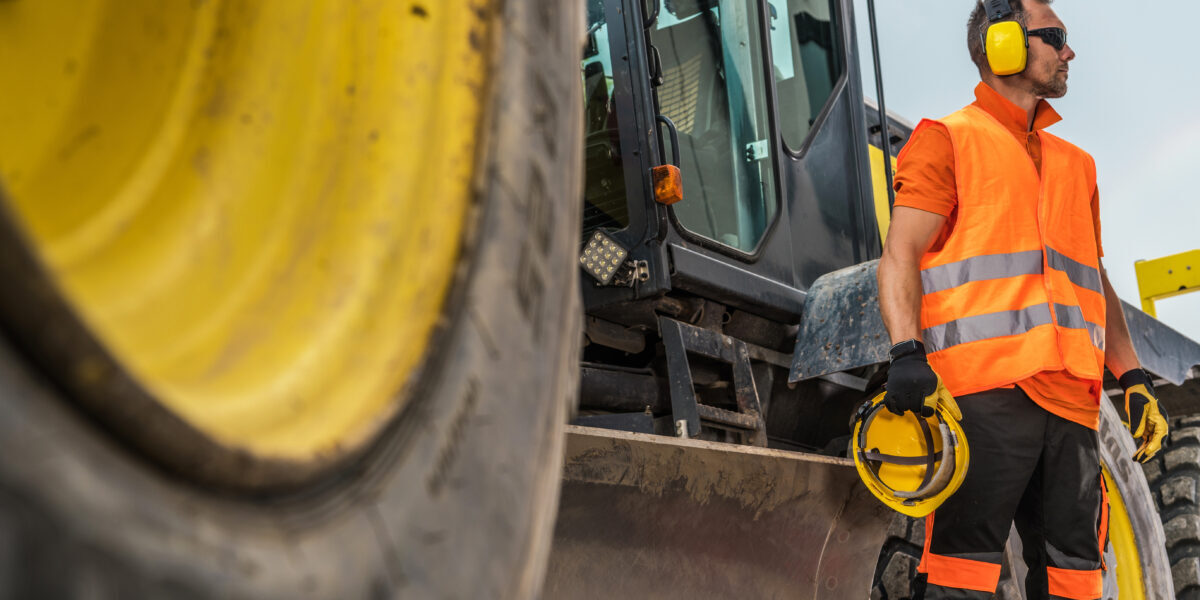
Avoid scrutiny with your next construction project
Noise environmental impacts on people, animals and buildings
If you are about to undertake a construction project, you have an obligation to make sure that you meet certain vibration and acoustic guidelines set out by State Environment Protection Authorities, as noise environmental impacts can be devastating, not just for people and buildings but for the environment as well. Project managers need to remember they have an expectation of socially accountable environmental impacts when it comes to noise.
Australian States and Territories have in place legislation, such as South Australia’s Environment Protection Act 1993, which requires that all reasonable and practicable measures are taken by building companies and contractors to minimise noise— such as demolition, vehicles, site preparation and other site related activities— at all times.
The digital age drives greater connectivity for everyone, which also brings greater scrutiny and expectation on projects to manage environmental impacts in a socially accountable manner. Imagine the irreparable damage and cost to your reputation if the impacts of your poorly managed project were to go viral? It’s a risk that you cannot take, and you need experienced noise and vibration specialists, supported by state-of-the-art instrumentation, to assist your acoustic construction project needs from the start.
Vibration and noise impacts on people
Construction noise and vibration can have an effect on the people nearby the site. And these effects can be quite severe.
‘Exposure to prolonged or excessive noise has been shown to cause a range of health problems ranging from stress, poor concentration, productivity losses in the workplace, and communication difficulties and fatigue from lack of sleep, to more serious issues such as cardiovascular disease, cognitive impairment, tinnitus and hearing loss.’
It’s not just ongoing noise, but loud noise can pose a problem too. ‘Exposure to loud noise can also cause high blood pressure, heart disease, sleep disturbances, and stress.’
Vibration and noise impacts on buildings
Construction noise and vibration can structurally harm surrounding buildings. Construction works, whether they are residential or commercial, have a set standard for the amount of noise and vibration that is acceptable during construction.
The German Standard DIN 4150-3 : ‘Vibrations in buildings – Part 3: Effects on structures’ is a widely accepted standard for managing the effects of vibration levels on structures, even in Australia.
If construction work exceeds that limit, there is a risk that surrounding structures may become damaged and need to be fixed. In fact, ‘Construction activities, blasting and traffic are the main sources of ground vibrations that may have a detrimental effect on buildings.’ The highest levels of vibration from construction are typically generated by compactors, vibratory rollers, rock breaking and pile driving.
In order to prevent this from happening, many projects require acoustic engineers to monitor construction activities.
The vibration and noise environmental impact
Construction activities also pose a significant risk for wildlife, and the effects of noise pollution on wildlife and marine life can be vaster than you first realise.
‘Studies have shown that loud noises cause caterpillars’ hearts to beat faster and bluebirds to have fewer chicks. Animals use sound for a variety of reasons, including to navigate, find food, attract mates, and avoid predators. Noise pollution makes it difficult for them to accomplish these tasks, which affects their ability to survive.’
It’s not just on land, either. Consider how piling, oil drills, and other underwater construction devices affect and potentially harm the marine environment. Particularly whales and dolphins who rely heavily upon echolocation to communicate and navigate effectively. But thankfully these days, ‘…there is strengthening scientific evidence and high-quality research undertaken around the concern of underwater noise impacts of marine life.’
Consequences
These consequences can be devastating for your organisation. One social media post could destroy your branding and reputation for good.
It’s not just social media that can hamper your project and brand, but it’s also community complaints, where local members get involved, as well as protests.
And should you damage any nearby structures, you are likely held liable for any damage and have to compensate. Just like this legal case when a building was damaged from next door excavations.
What can you do about construction noise and vibration
To prevent any devastating effects on people, structures or wildlife, it’s required that you have a detailed vibration and noise management plan in place well before construction. The plan will offer mitigation measurements and guidance that will often include things like community consultation, vibration monitoring, noise level reduction activities and more.
The EPA advises to ‘…use a noise and vibration impact assessment to predict the characteristics of noise and vibration generated by planned works. This may need to be performed by an acoustic consultant during the project planning, construction documentation and post tender phases.’
Interestingly, when it comes to construction on land, quite often, residents will make the assumption that the noise from the work to be undertaken will be greater than it actually is. As humans, we tend to overestimate the impact. That’s one of the reasons we created our acoustic innovation software, AuralEyes. To give people a closer and real-life look at what noise can be expected before the project commences. This helps alleviate assumptions and trepidation well before the project starts.
Discuss your construction project with us, and we’ll help you prevent any detrimental environmental and structural impacts.




